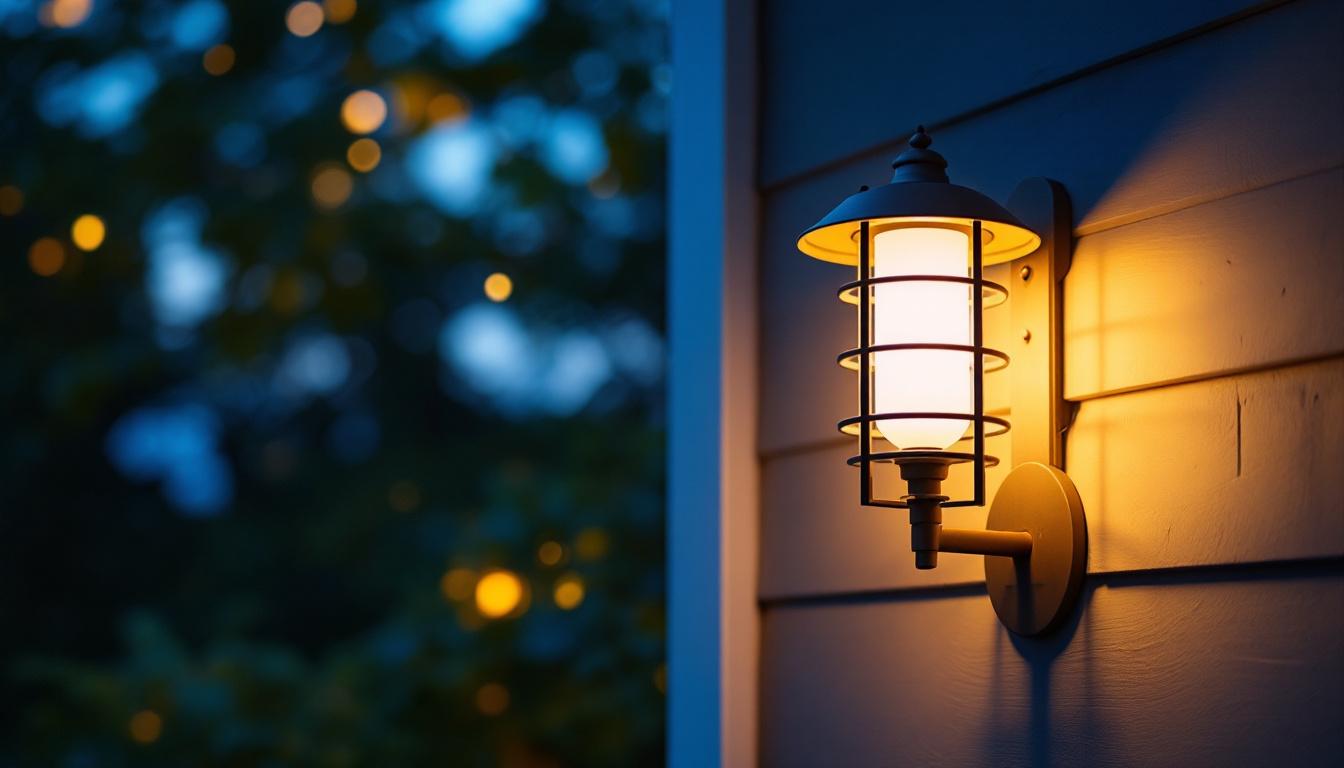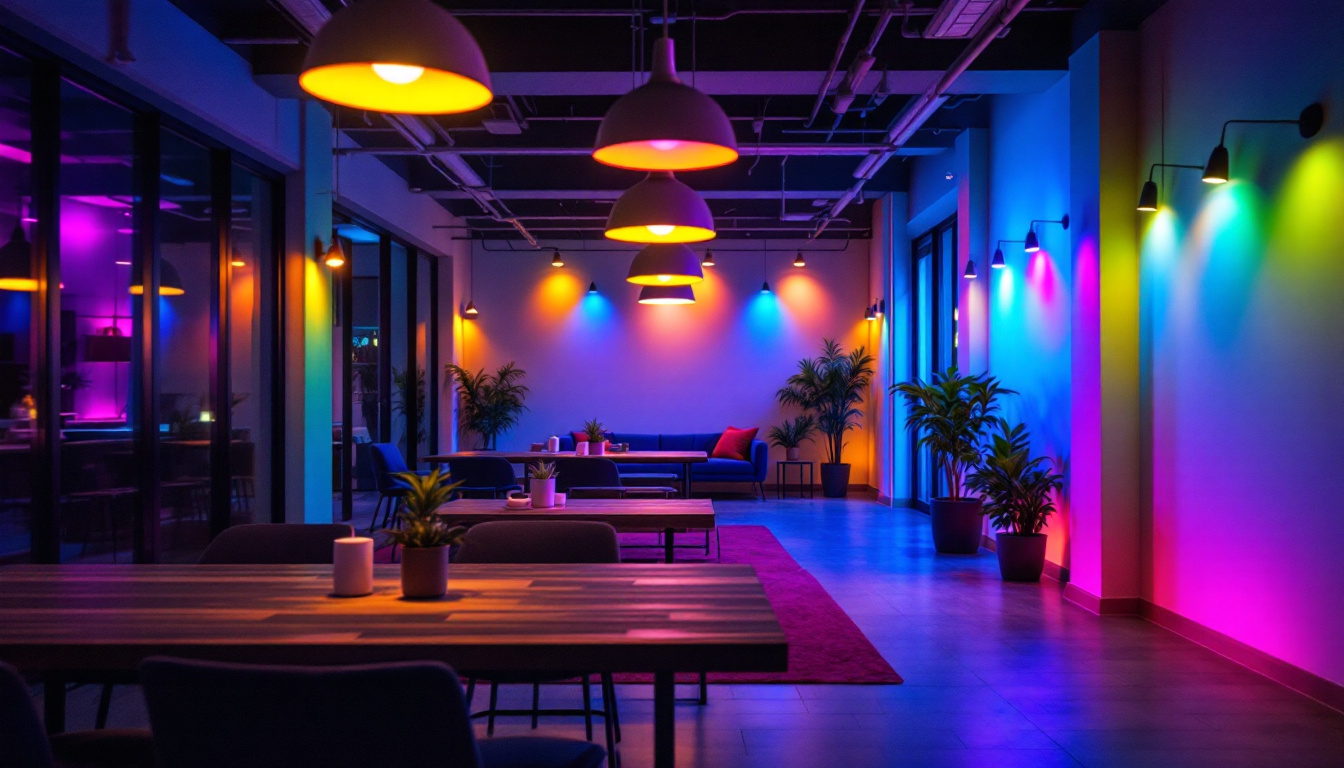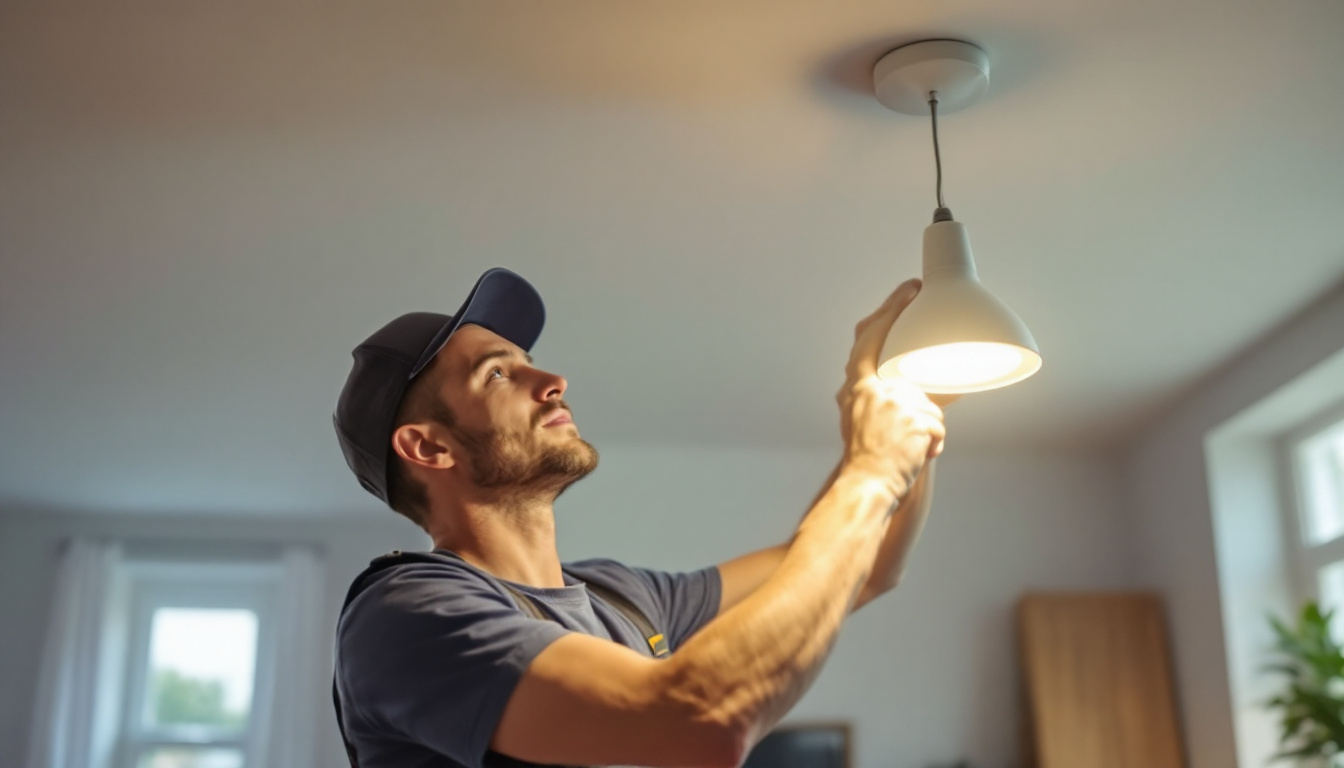
Understanding the Light Reflectance Value (LRV) of paint is crucial for lighting contractors who aim to create optimal lighting environments. The LRV is a measurement that indicates how much light a surface reflects, which can significantly influence the overall ambiance of a space. This article provides essential insights and practical tips for lighting contractors to consider when working with paint and lighting design.
The Light Reflectance Value is a numerical representation of the percentage of visible light that a surface reflects. It ranges from 0 to 100, where 0 indicates that no light is reflected (absolute black) and 100 signifies that all light is reflected (absolute white). Understanding LRV is essential for lighting contractors because it directly impacts how light interacts with surfaces in a given space. This metric is not only important for aesthetic considerations but also plays a crucial role in energy efficiency and sustainability in design. By selecting materials with appropriate LRV values, designers can reduce the need for artificial lighting, thereby conserving energy and lowering utility costs.
When designing lighting for a space, the LRV of the walls, ceilings, and floors plays a pivotal role in determining how light is distributed. High LRV colors can enhance brightness and create a more open feel, while low LRV colors can absorb light, making a room feel cozier or more intimate. This knowledge allows contractors to manipulate light to achieve desired effects, whether that’s to energize a workspace or create a calming atmosphere in a relaxation area. Furthermore, the strategic use of LRV can help in highlighting architectural features or artwork, guiding the eye and enhancing the overall design narrative of a space. For instance, a gallery might use high LRV walls to ensure that artwork is well-illuminated, while a restaurant might opt for lower LRV tones to foster a more intimate dining experience.
LRV not only influences the brightness of a space but also affects the perception of color. A paint color with a high LRV may appear lighter and more vibrant under artificial lighting, while a low LRV color can look darker and more subdued. This phenomenon is critical for contractors to consider when selecting paint colors for specific environments, as it can alter the overall aesthetic and functionality of a room. Additionally, the interaction between LRV and the type of lighting used—be it incandescent, fluorescent, or LED—can further modify how colors are perceived. For example, a color that looks inviting under warm incandescent light may appear stark and unwelcoming under cooler fluorescent lighting. Therefore, understanding the interplay between LRV and lighting types is essential for achieving the desired ambiance and ensuring that the colors chosen align with the intended emotional response of the space.
Measuring the LRV of paint involves using a spectrophotometer, which analyzes the light reflected off a surface. However, for practical purposes, most paint manufacturers provide LRV values on their product labels. Understanding how to interpret these values can save time and ensure the right choices are made during the design process. Additionally, it’s essential to consider the context in which the paint will be used; factors such as the size of the room, the type of lighting fixtures, and even the direction of natural light can all influence how a color appears once applied. This makes it crucial for designers and contractors to not only rely on LRV values but also to visualize the end result in the specific environment.
Different colors have varying LRV values. For instance, white paints typically have LRVs above 80, while darker colors like navy blue or charcoal gray can have LRVs below 20. Familiarizing oneself with these standard values can help contractors quickly assess how a color will perform in a given lighting scenario. This knowledge is especially beneficial when working with clients who have specific aesthetic preferences but may not understand the implications of their choices. Moreover, it’s important to note that the finish of the paint, whether matte, satin, or gloss, can also affect the LRV. A glossy finish tends to reflect more light than a matte finish, which can further alter the perceived brightness of a color on the wall.
By strategically selecting paint colors based on their LRV, contractors can optimize lighting solutions for different environments. For example, in a retail space, using high LRV colors can enhance product visibility and create an inviting atmosphere. Conversely, in a theater setting, lower LRV colors can help create a more immersive experience by reducing glare and enhancing focus on the screen. Additionally, understanding the interplay between LRV and artificial lighting can lead to innovative design solutions; for instance, pairing high LRV colors with warm LED lights can create a cozy ambiance, while cooler lights can make a space feel more modern and expansive. This nuanced approach to color selection not only elevates the aesthetic appeal of a space but also contributes to its functionality, ensuring that every element works harmoniously together.
Implementing LRV considerations into lighting design can be a game-changer for contractors. Here are some practical tips to keep in mind:
The intended use of a room should heavily influence color and LRV choices. For example, in a workspace where productivity is key, lighter colors with higher LRVs can help reflect light and create a more energetic environment. Conversely, in a bedroom or lounge area, softer, darker colors may promote relaxation and comfort.
Before finalizing paint choices, it’s advisable to test samples in the actual lighting conditions of the space. Natural light can significantly alter the appearance of colors, as can different types of artificial lighting. Observing how the LRV interacts with various light sources can provide valuable insights and help avoid costly mistakes.
While LRV is important, it should be considered alongside other design elements such as furniture, flooring, and decor. A well-rounded approach ensures that the overall aesthetic is cohesive and functional. For instance, pairing high LRV colors with darker furniture can create a striking contrast, enhancing the visual appeal of the space.
Despite its importance, there are several misconceptions surrounding LRV that lighting contractors should be aware of. Addressing these can help ensure better communication with clients and more successful project outcomes.
While LRV is often emphasized in commercial settings, it is equally important in residential design. Homeowners are increasingly aware of how lighting affects their living spaces, and they may seek guidance on how to choose colors that enhance their home’s ambiance. Educating clients about LRV can help them make informed decisions that align with their vision.
While it’s true that darker colors generally have lower LRV values, it’s essential to recognize that not all dark colors behave the same way. Some deep hues can reflect light effectively, depending on their finish. For example, a glossy navy paint may reflect more light than a matte black, despite both being considered dark colors. Understanding these nuances can aid contractors in providing accurate advice to clients.
The finish of the paint also plays a significant role in its LRV and overall performance. Different finishes can affect how light interacts with the surface, influencing both reflectance and durability.
Paint finishes range from flat to high-gloss, with each type offering unique benefits. Flat finishes typically have lower LRV values due to their porous nature, which absorbs more light. On the other hand, satin and semi-gloss finishes can enhance reflectance, making them ideal for areas where light reflection is a priority.
When selecting a paint finish, it’s essential to consider the durability and maintenance requirements of each option. High-gloss finishes, while excellent for light reflectance, may require more frequent cleaning to maintain their appearance. Conversely, flat finishes may hide imperfections but can be more challenging to clean. Balancing aesthetics with practicality is key in making the right choice.
Real-world applications of LRV can provide valuable insights for lighting contractors. Examining successful projects can illustrate how thoughtful color choices and lighting design can transform spaces.
In a recent retail project, a contractor opted for a palette of light, high-LRV colors to enhance product visibility and create a welcoming atmosphere. The combination of bright white walls and a light-colored ceiling effectively reflected natural light, reducing the need for additional artificial lighting. This not only saved on energy costs but also created a more inviting shopping experience.
In a residential setting, a contractor worked with a homeowner to revamp a dimly lit living room. By selecting a soft, warm white paint with a high LRV, the contractor was able to brighten the space significantly. The result was a cozy yet vibrant environment that the homeowner loved, showcasing how LRV can dramatically alter the perception of a room.
Understanding the Light Reflectance Value of paint is an essential skill for lighting contractors. By considering LRV in the design process, contractors can enhance the functionality and aesthetics of any space. From selecting the right colors to choosing appropriate finishes, the implications of LRV are far-reaching. By applying these quick tips and insights, lighting contractors can create environments that not only meet but exceed client expectations.
As the demand for well-lit, aesthetically pleasing spaces continues to grow, the importance of LRV will only become more pronounced. Staying informed and adaptable will ensure that lighting contractors remain at the forefront of the industry, delivering exceptional results for every project.
Ready to bring your lighting designs to life with the best products on the market? At LumenWholesale, we provide lighting contractors like you with spec-grade lighting essentials at unbeatable wholesale prices. Say goodbye to local distributor markups and hello to a vast selection of reliable, high-performance lighting that meets the highest industry standards. Plus, with free shipping on bulk orders, you can stock up on quality lighting without any hidden fees. Elevate your projects with the perfect combination of quality, affordability, and convenience. Discover the value of wholesale lighting and make LumenWholesale your go-to source for all your lighting needs. Wholesale Lighting at the Best Value.

Discover essential compliance tips for back porch light fixtures and what lighting contractors must know.

Discover how mastering the 300 W lighting standard can transform your business and secure more contracts.

Discover the essential resources lighting contractors rely on to master motion sensor flood lights.

Discover how the 4 LED light fixture is revolutionizing the lighting industry for contractors.